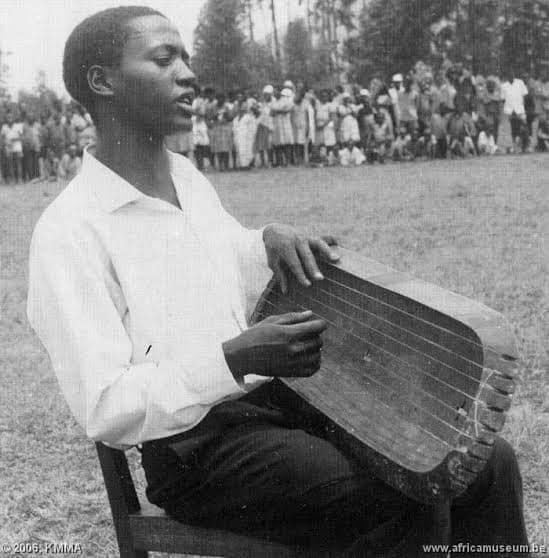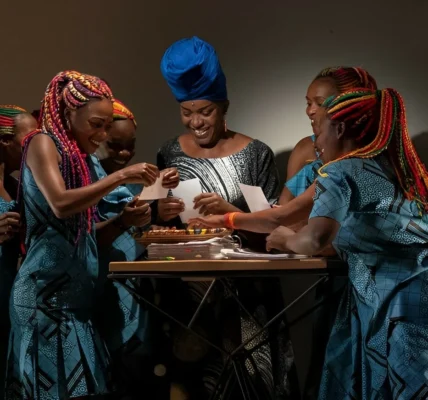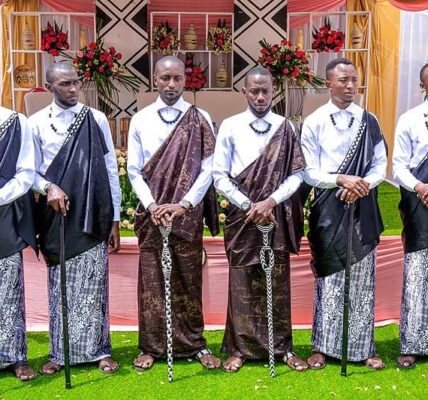The music of Rwanda includes performers from a wide range of Western genres, such as hip-hop, R&B, gospel music, and pop ballads, as well as contemporary East African Afrobeat and Congolese ndombolo. It also includes Rwandan folk music traditions. The most significant musical instruments used in Rwanda are listed below.
1- Inanga
The inanga has been correctly referred to as the most significant musical instrument in Rwanda. It is a conventional wooden oval harp with strings attached at the edges that can be plucked to produce musical notes.
It dates back to the era of kingship and is one of the most venerable and ancient traditional musical instruments in Rwanda.
It typically ranges in length from 75 cm to 1 m and in width from 25 to 30 cm.
The inanga is categorized as a “trough-zither” in organology (the science of musical instruments and their classification) because of the shape it adopts: a flat soundboard with slightly concave sides, just like a trough.
The musician merely plays a brief melodic pattern repeatedly in a surprisingly non-monotone manner. Simply tightening and loosening the strings to taste will tune the instrument.
The distinctiveness and depth of the sounds that the inanga produces from its pentatonic scale may be its most distinguishing feature. It’s like organic and acoustic were made for each other.
2- Ikembe
The people of Rwanda, Burundi, and the Congo frequently use the lamellaphone family musical instrument known as the ikembe. A rectangular wooden soundbox is fixed to several iron lamellae that make up the instrument.
3- Umuduri
The umuduri is a stringed instrument from Rwanda and Burundi. It is a musical bow made of a flexible wooden string bearer or bow that is 125–135 cm long and supports a string. Traditionally, plant fiber and animal gut were used to make the string. The metal wire is becoming more common, though.
Design
The bow has a gourd attached to it that serves as a resonator. Also used are a wooden stick and an inzebe rattle. Three loops are used to divide the string into two different lengths, with the third loop (which is connected to the gourd resonator by a cord) bringing the string closer to the bow. This generates two distinct notes as “fundamental notes,” typically a fourth or fifth. A piece of cloth or a pad of banana peel is placed between the resonator and the musical bow to prevent any direct contact between the bow and the gourd that might affect the sound’s production.



